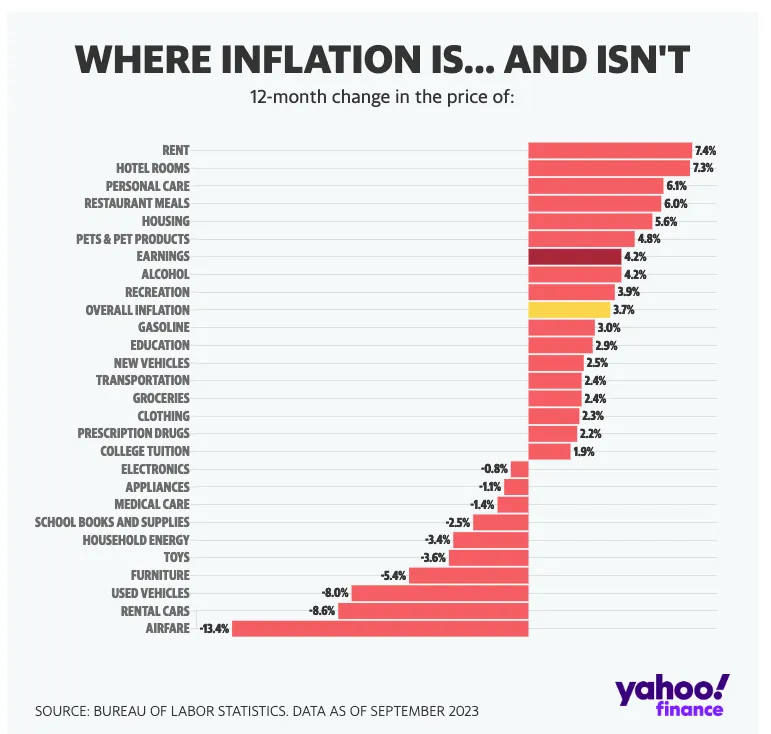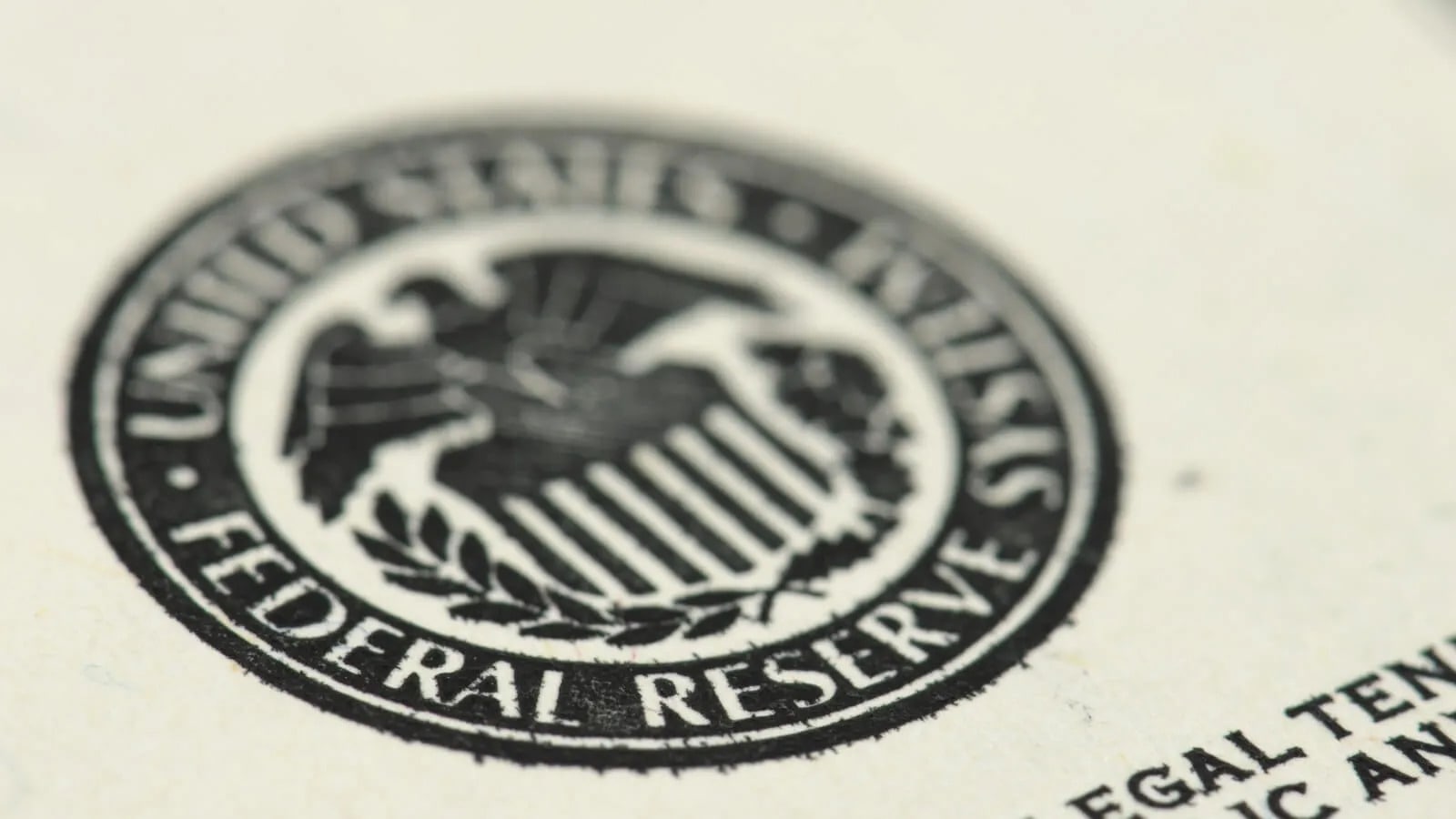The Federal Reserve, often simply referred to as the Fed, has once again found itself at the center of attention as it grapples with the challenge of maintaining economic stability while keeping an eye on rising inflation. Few entities wield as much influence as the Federal Reserve. Its monetary policy decisions can have a profound impact on the global economy, and interest rates are one of the primary tools it uses to manage economic stability.
In a world that seems increasingly unpredictable, the central bank’s decisions hold immense importance for investors, businesses, and everyday Americans alike. Let’s delve into the latest updates and insights from various sources to better understand the current economic climate and the Federal Reserve’s role in shaping it.

Source: Yahoo! Finance Article
The Fed’s Dual Mandate
The Federal Reserve operates under a dual mandate: to promote maximum employment and to maintain stable prices, or in other words, control inflation. These two goals can sometimes be in tension. When the economy is doing well and employment is high, there is often upward pressure on prices (inflation). Conversely, during economic downturns, the Federal Reserve may lower interest rates to stimulate spending, even if it risks inflation. Striking a balance between these mandates is never easy.
The pandemic had significantly disrupted global supply chains, leading to inflationary pressures. Meanwhile, labor shortages and rising wages had contributed to concerns about rising labor costs, further fueling inflation. On the other hand, the Federal Reserve was also contending with the need to support employment recovery, as millions of jobs were still lost due to the pandemic. As such, a delicate balance had to be maintained, which brought into question whether the Federal Reserve should raise or hold interest rates steady.
Federal Reserve Expected to Maintain Steady Rates
We have recently learned that the Federal Reserve is expected to keep interest rates steady in the face of ongoing economic uncertainty. This decision reflects the Federal Reserve’s cautious approach to monetary policy. While they acknowledge the persistent challenges posed by inflation, they are wary of taking actions that might negatively impact economic growth.
The Fed’s decision to hold interest rates steady was likely driven by several key factors:
- Inflation Expectations: They have been carefully monitoring inflation expectations, and while they had risen, they were still within an acceptable range. The decision to hold rates may have been made to see if these expectations would moderate over time.
- Labor Market: Their commitment to fostering maximum employment played a significant role. They sought to ensure that the labor market recovery was robust and sustained before making any major policy changes.
- Economic Uncertainty: The global economy remained uncertain (and still does), and the Fed wanted to avoid destabilizing actions that might disrupt the ongoing recovery.
Bowman’s Outlook for Rate Hikes
While the Fed opted to hold interest rates steady at the time of this analysis, it also left the door open for potential rate hikes in the future. One of the Federal Reserve’s governors, Michelle Bowman, has expressed her belief that it would be appropriate to raise rates further in 2023. This viewpoint reflects the division within the Federal Reserve regarding the timing and necessity of rate hikes. Bowman’s stance suggests that some members of the Federal Reserve are leaning towards more aggressive action to combat inflation, though others prefer a more patient approach.
September 2023 Rate Decision
In September 2023, CNBC reported that the Federal Reserve maintained its key interest rate. This decision came amid growing concerns about rising inflation and its potential impacts on the broader economy. By holding rates steady, the Federal Reserve aimed to strike a balance between controlling inflation and supporting economic recovery.
Identifying the Biggest Winners
It’s crucial to understand that the Federal Reserve’s actions affect not only the financial markets but also the everyday lives of consumers. Interest rates impact borrowing costs for mortgages, auto loans, and credit cards, as well as the returns on savings and investments.
Low interest rates have benefited homebuyers, who have enjoyed affordable mortgage rates. Likewise, borrowers with variable-rate loans have seen a decrease in their interest expenses. Furthermore, the stock market has benefited from lower borrowing costs, driving up stock prices and offering gains to investors.
The Federal Reserve faces a challenging task in maintaining economic stability and keeping inflation in check. While the central bank is expected to maintain steady rates for now, internal divisions suggest that rate hikes might be on the horizon in the near future. The Federal Reserve’s decisions have far-reaching effects, influencing various aspects of the economy, from housing and lending to the stock market. As we move forward, it is crucial to keep a close eye on the Federal Reserve’s actions, as they will continue to shape the economic landscape in the coming months.


